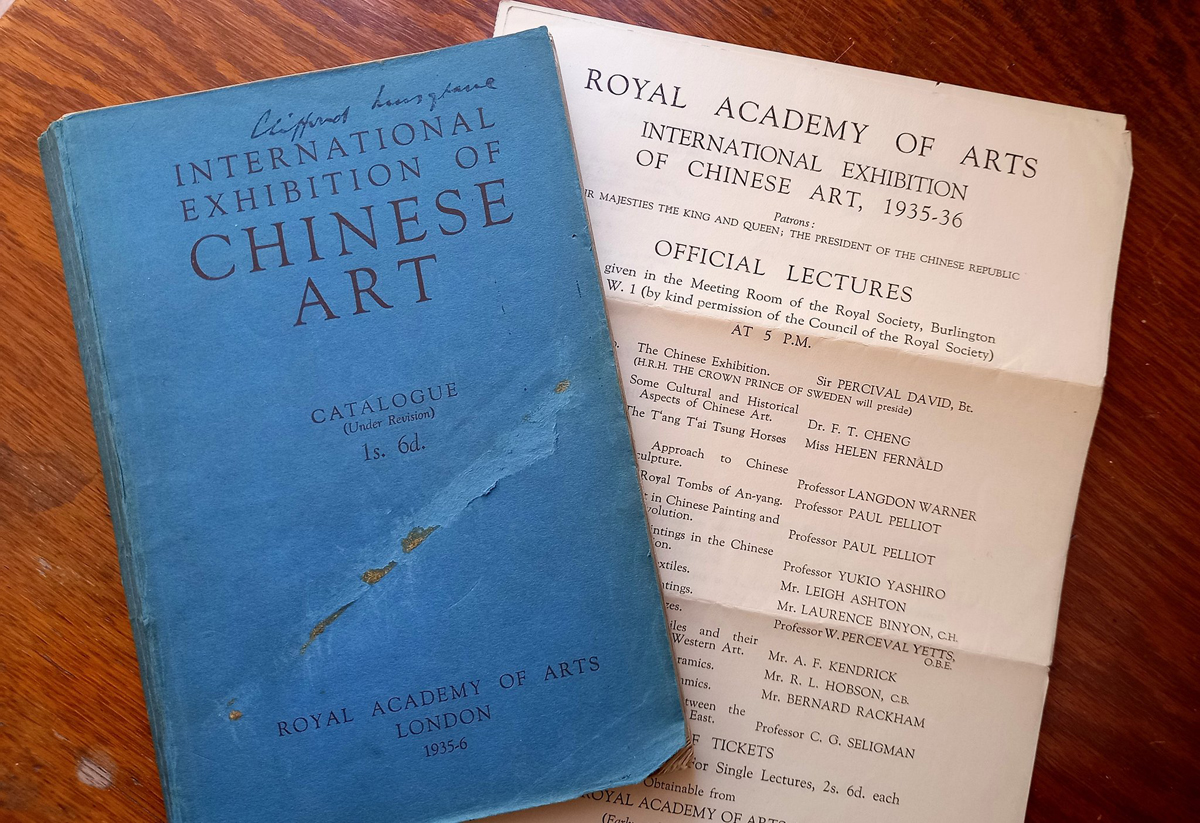All the gorgeous colours of Chinese porcelain – a store visit with experts
A few days ago Lucy Faithful, Assistant Curator Collections and Alexandra Loske, Curator Royal Pavilion & Historic Properties, welcomed several members of the Oriental Ceramic Society (OCS), London, and the East Asian Museum in Bath, in preparation for a handling workshop with students next year.
They visited two of our ceramic stores, and exchanged knowledge of our significant collection of Asian ceramics. We have many important examples of porcelain made in the Ming 大明 (1368 to 1644) and Qing 大清 (1644 to 1912) dynasties. These include stunningly beautiful ‘monochromes’ in ‘Imperial Yellow’, turquoise, copper red, manganese red, green and violet, among some ‘blanc de chine’ (white) pieces, and of course later, larger objects in multiple colours, of the kind George IV preferred in the Royal Pavilion.
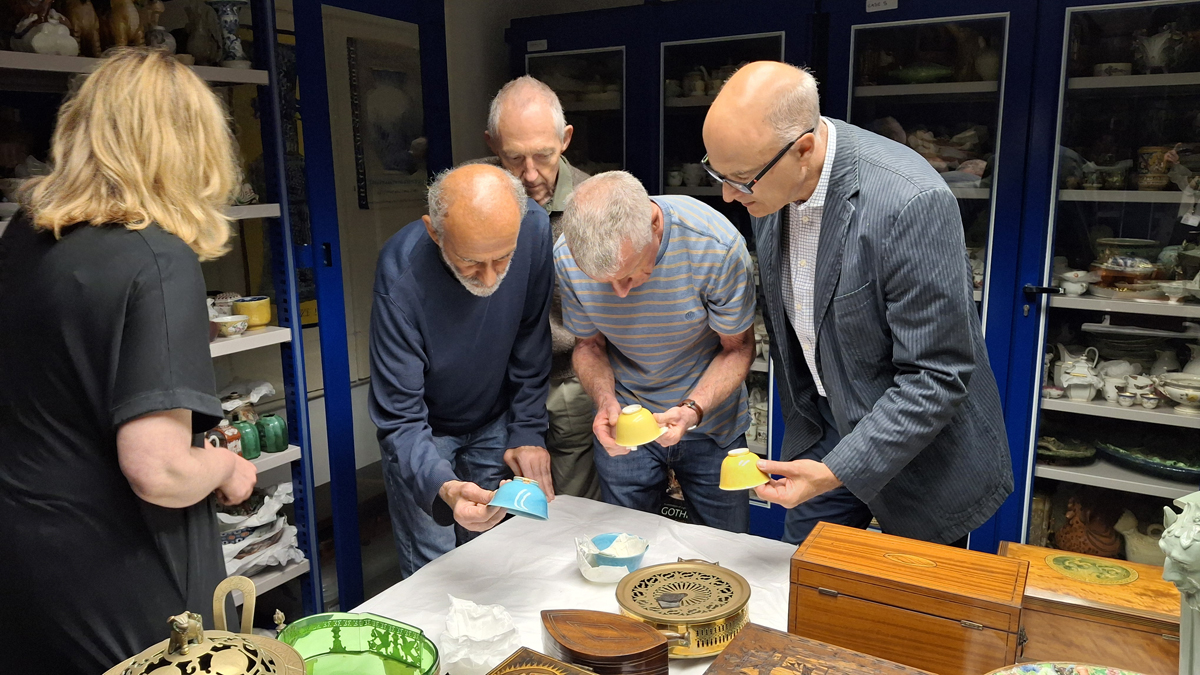
The pieces we looked at together have nothing to do with the Pavilion, but with private local collectors who donated or sold Chinese ceramics to us in the early 20th century. We discovered that several of these pieces were included in the ground-breaking International Exhibition of Chinese Art at the Royal Academy (1935-36), as labels on the underside tell us. They are also listed in the catalogue of the exhibition and you may just spot the odd one in the photographs on the Royal Academy website: 1935-36 – International Exhibition of Chinese Art | Exhibition Catalogues | RA Collection | Royal Academy of Arts
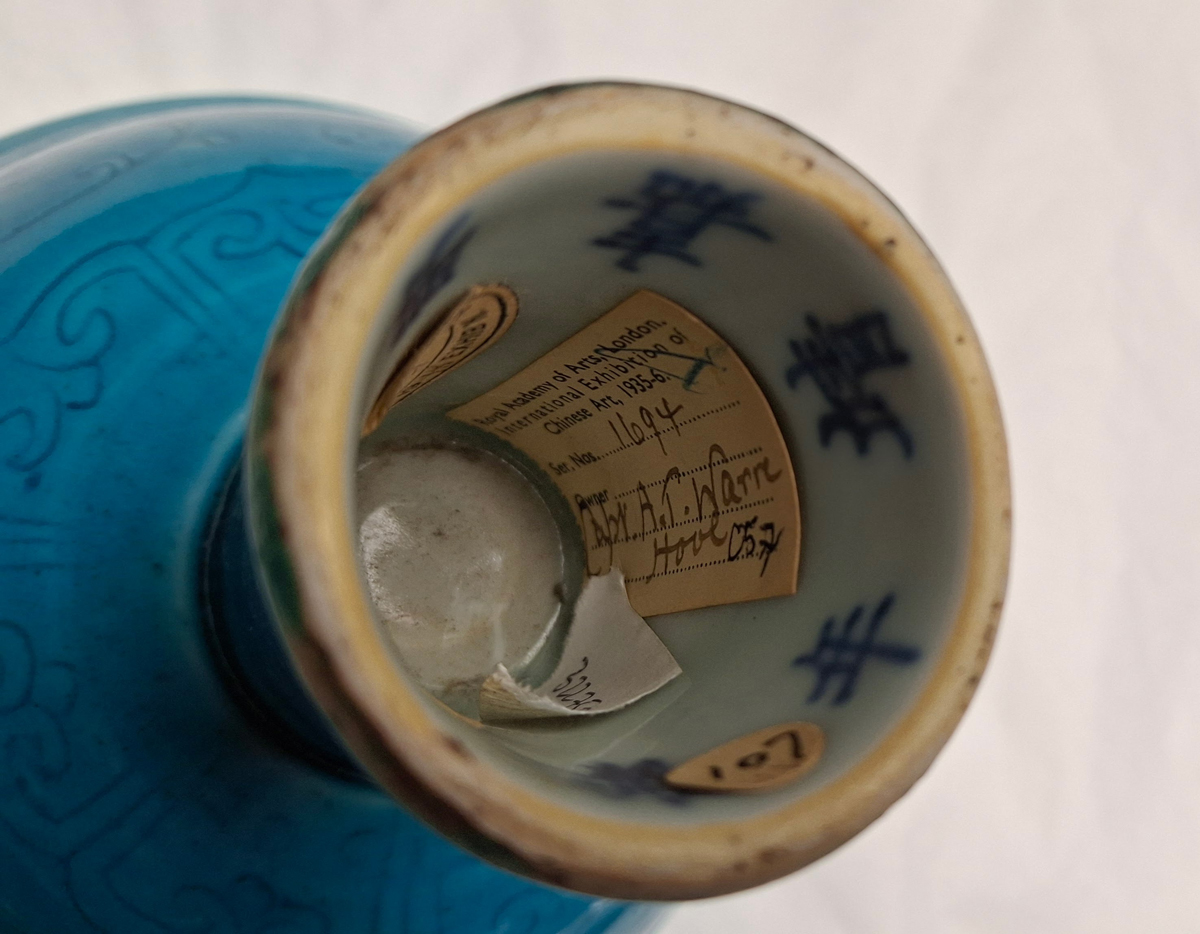
Incidentally, our pair of Qing dynasty porcelain pagodas that will soon go on display in the Music Room, after many years of in-house restoration, were also included in the Royal Academy exhibition. They were lent by their then-owner, the art historian and broadcaster Kenneth Clark (who sold them to us in 1950). We also know that the then-Director of the Royal Pavilion Clifford Musgrave visited the exhibition, attended lectures at the Royal Academy (we have his copy of the exhibition catalogue, creased and annotated), and, encouraged by Queen Mary, invited some Chinese and British delegates to Brighton shortly after the exhibition closed (see the picture from the Brighton Herald, dated 24 March 1936). Among them were the Secretary of the Chinese Embassy in London, the Secretary of the Royal Academy, and four officials from the Chinese Palace Museum in Beijing. They were treated to a tour of the Pavilion, the Dome, and Brighton Museum.
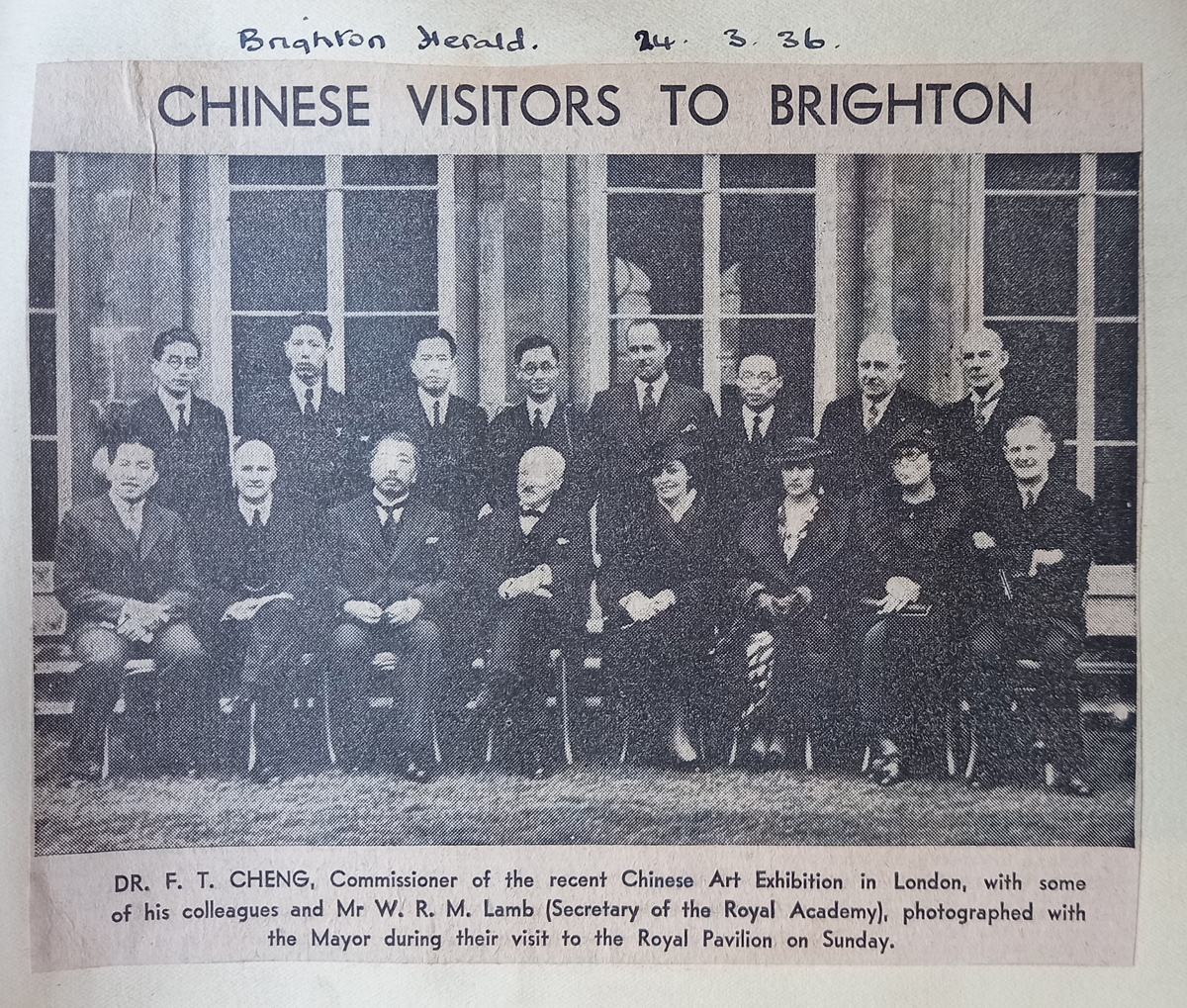
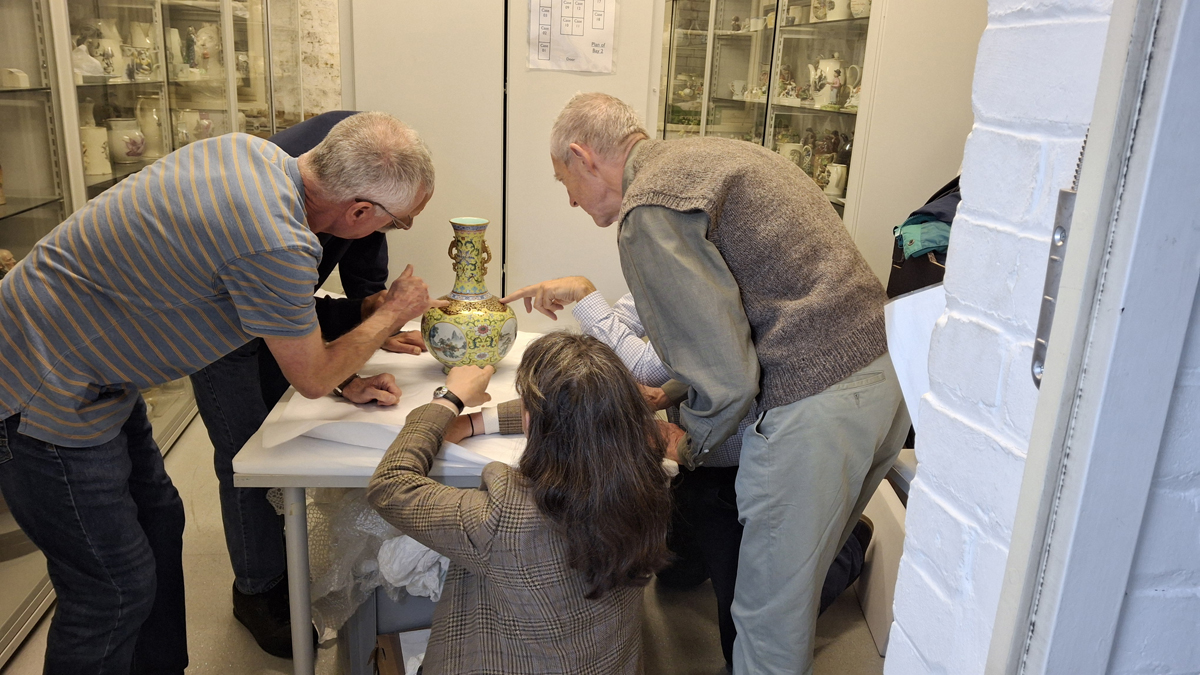
The visiting experts told us that the art market is flooded with later-20th-century and more recent fakes of Ming and Qing porcelain. Since the majority of Chinese porcelain entered our collections before the 1930s, we can be pretty certain that there are none of these fakes among them.


